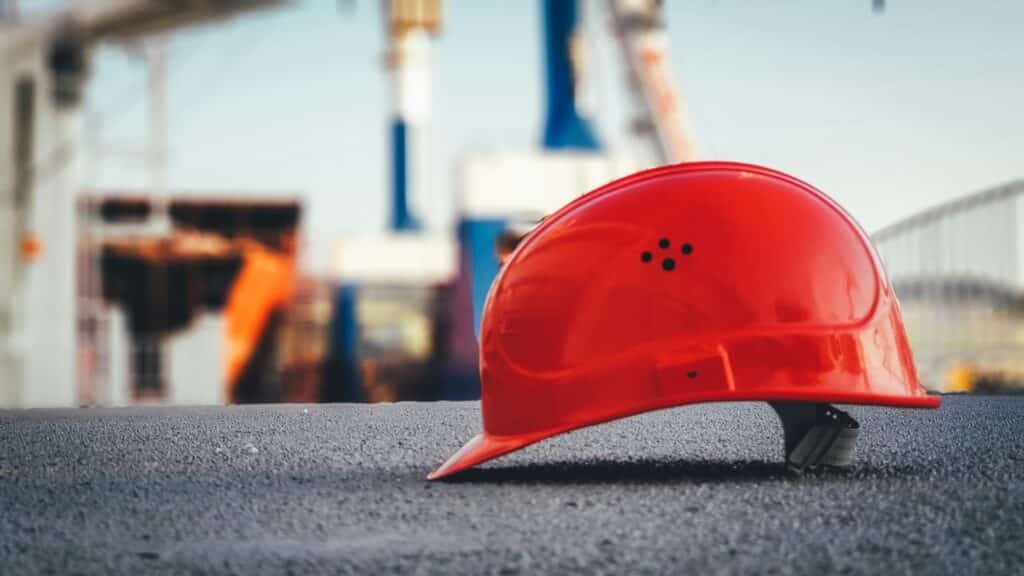Thanking Canadian Farmers This Canada Day
Canada Day is HERE and the team at YCR wants to send a special shoutout and thank you to the people that fill bellies from sea to sea each and
The skilled trades sector is facing many problems: a shortage of youth with sufficient skillsets entering these professions, an aging workforce, and a perception of heavy, dirty, and unsafe work that could pose a risk to most people.
While the latter two accurately depicted problems, the perception of skilled trades as dangerous is becoming increasingly inaccurate.
This misconception stems from historical evidence that being employed in skilled trades often involves physically demanding work and being in high-risk environments, which leads to various workplace safety disasters.
However, there have been significant milestones that have improved the health & safety standards of skilled trades that make it safe for the vast majority of skilled trades workers.

Before the 1900s, there was minimal oversight of worker safety in the skilled trades sector. Many skilled trades workers worked 10-12 hours daily and 6 days a week. These long hours have significantly increased the risk of injury and unsafe workplace accidents.
In 1884, Ontario introduced the first legislation in Canada to address unsafe industrial working conditions. The law restricted the work activities of children and women, suggested work-hour restrictions for all employees, and introduced safety inspections.
However, the law was vague and lacked enforcement.
One of the first federal actions the government took to investigate safer working conditions was forming the Royal Commission on the Relations of Labor and Capital in 1886 to form a report that reported on the current working conditions for many skilled trades workers.
However, major changes to workplace safety standards were largely influenced by deadly incidents in industries such as the mining, construction, and manufacturing industries.
On March 17th, 1960, five Italian immigrant construction workers who were installing a water main under the Don River at Hogg’s Hollow were trapped in a fire and an explosion.
The combination of carbon monoxide poisoning and drowning in silt and water led to their deaths. This deadly incident caused public outrage and led to workplace safety reforms in Canada.
One of these reforms was the Occupational Health and Safety Act which was introduced across Canada throughout the 1970s. Although the regulations differ by province, the main features of these pieces of legislation established worker rights that prioritized worker health and safety.
These laws established regular safety training and mandatory use of personal protective equipment (PPE). Amendments to this legislative framework also included regular safety inspections in workplaces.
Each province has a regulatory body that enforces these workplace safety regulations such as WorkSafeBC and Alberta’s Occupational Health and Safety. Current workplace fatalities have decreased from 1,097 in 2005 to 993 by 2022, according to the Association of Worker’ Compensation Boards of Canada.
Moreover, the probability of experiencing a work-related injury is moderately low. For instance, skilled trade sectors in Alberta have a varying disability injury claim rate ranging from 1.10 to 2.80 per 100 person-years.
Although en-masse workplace disasters are uncommon as workplace safety incidents have decreased, there have been upticks in unsafe workplace incidents as more of the labour force returns to in-person work during the COVID-19 pandemic (upticks and decreases in workplace fatalities vary widely by province and by industry).
Now more than ever, industrial employers recognize the importance of having a strong workplace safety culture to improve productivity and prevent workplace injuries and deaths.
Many companies now have mandatory safety training and regular safety meetings and moments to highlight common workplace hazards and ways to avoid them.
For instance, EllisDon has mandated naloxone kits to address overdoses at construction sites and PCL Construction has implemented a hazard inspection app that integrates machine learning with safety standards to conduct inspections.
These are companies that have been recognized by external organizations for their strong commitment to workplace safety culture.
The skilled trades sector is actively dispelling outdated perceptions of danger through advanced safety protocols and a strong commitment to worker protection.
While workplace incidents have significantly decreased, there is room for improvement for governments and companies to ameliorate their workplace safety standards and practices to ensure that all skilled trades workers can have their safety reassured.
Sign up for updates about our work at YCR. Please sign up using a personal email and not a work or school email if possible.
"*" indicates required fields
Canada Day is HERE and the team at YCR wants to send a special shoutout and thank you to the people that fill bellies from sea to sea each and
When most people think of Canada’s energy sector, they imagine oil rigs on the prairies or wind turbines spinning along the coast. But behind the scenes, there’s another critical force
In Ontario and BC, provincial governments are taking meaningful action to flip the script: Bills 5 and 15 are concrete steps towards eliminating…